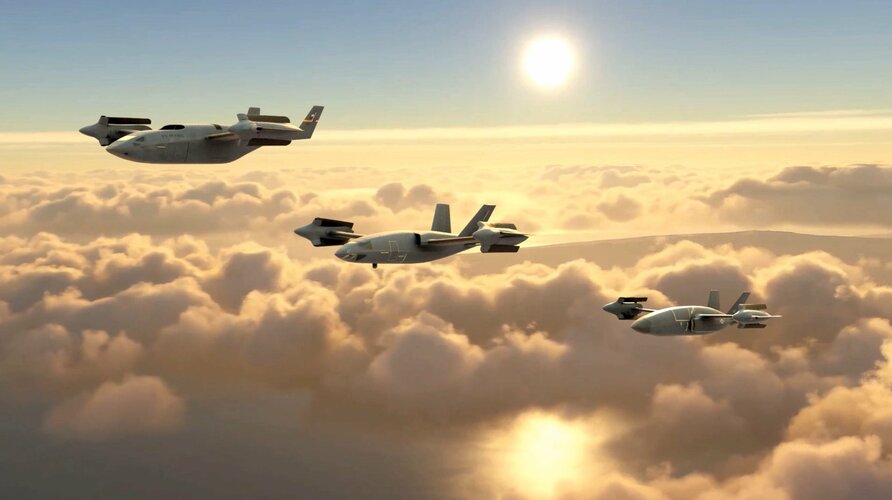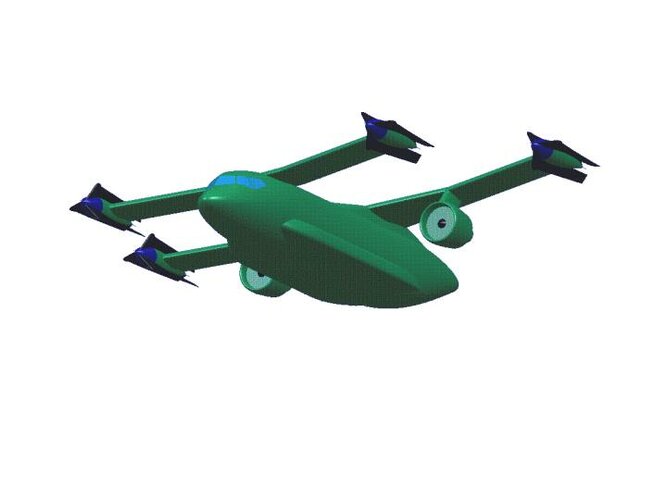shin_getter
ACCESS: Top Secret
- Joined
- 1 June 2019
- Messages
- 1,093
- Reaction score
- 1,468
Transwing is basically a tilt-wing with modified geometry, with the main advantage being compactness and perhaps some flight control advantages.In my expert opinion the Pterodynamics Transwing would scale up and fit C-130 fuselages without any issues
Transwing — PteroDynamics
www.pterodynamics.com
For a very heavy VTOL lifter, this still means high disc loading and large amounts of high velocity air everywhere. This also means the engines have to have enough power and so on, even before moving to the hinge problem. (which could be solvable) Ultimately it wouldn't escape the old VTOL cost curves.






